Navigating Technical Trails: Tips for Confidence and Safety
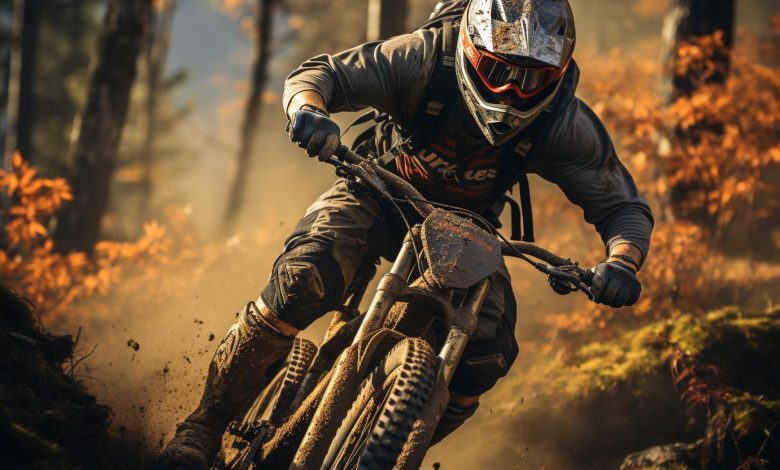
Imagine yourself deep in the heart of a dense forest, surrounded by narrow, winding trails that seem to disappear into the wilderness. The thrill of navigating these technical trails can be both exhilarating and daunting.
But fear not! In this article, we will guide you through the essential tips and techniques to boost your confidence and ensure your safety on these challenging paths.
From mastering balance to developing effective braking techniques, prepare to enhance your bike handling skills like never before.
Let’s get started!
Importance of Proper Footwear and Traction
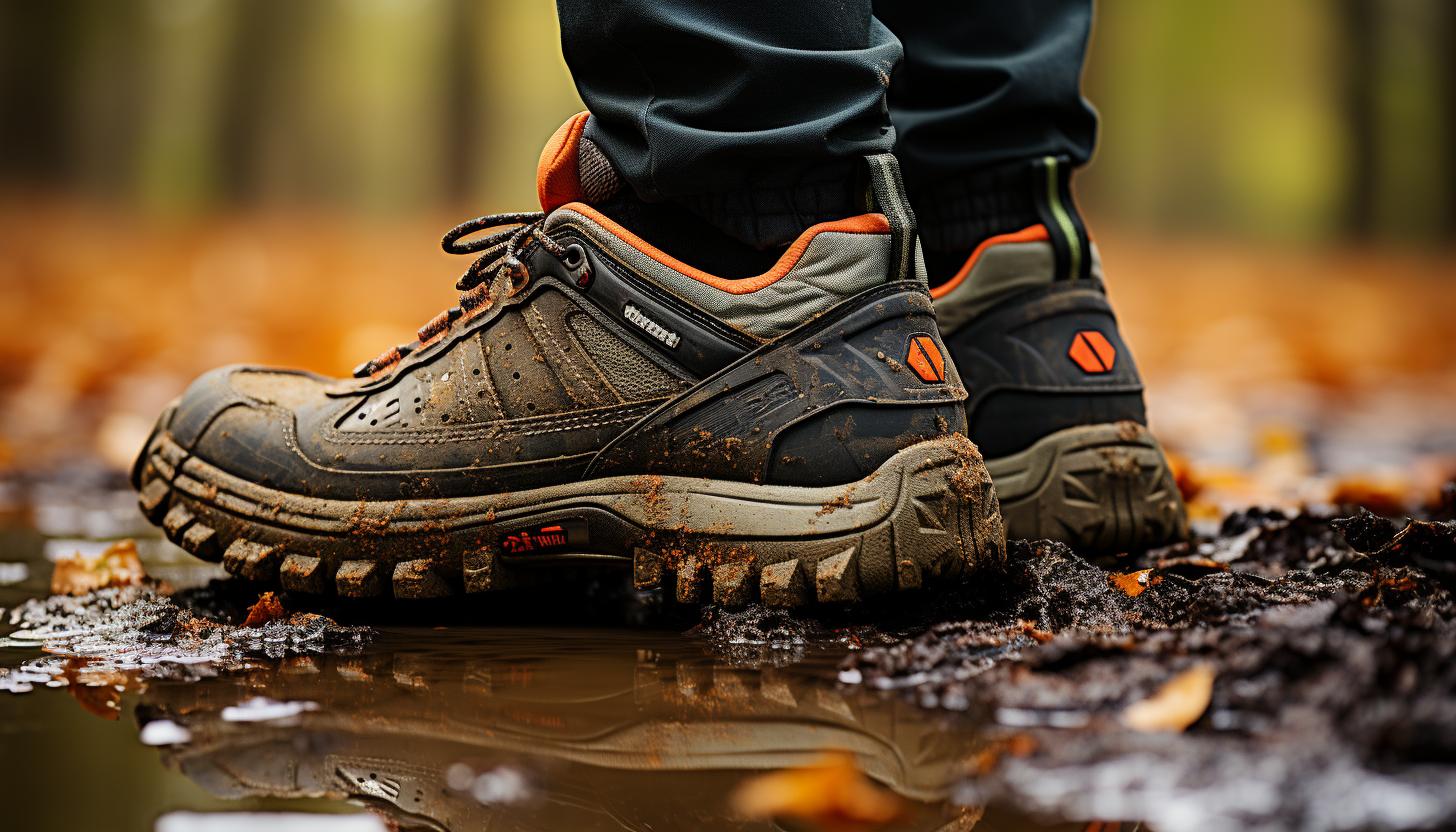
You’ll want to make sure you have the right footwear and traction to safely navigate technical trails. Choosing the right shoes is crucial for a successful trail experience. The type of shoe you wear can greatly impact your performance and safety. When it comes to technical trails, grip and stability are of utmost importance. Look for shoes that provide excellent traction for different terrains such as rocky surfaces or muddy paths.
Finding the right shoe fit and size is also essential. Ill-fitting shoes can cause discomfort, blisters, or even injuries during your ride. Take the time to try on different sizes and styles until you find a pair that feels snug but not too tight.
Specialized bike shoes are worth considering if you frequently ride technical trails. These shoes are designed specifically for biking, offering features like stiffer soles for better power transfer, reinforced toe protection, and lugged outsoles for improved grip.
Additionally, always consider weather and trail conditions when selecting your footwear. Wet or slippery trails may require shoes with more aggressive tread patterns or waterproof materials to keep your feet dry.
Mastering Balance and Body Positioning
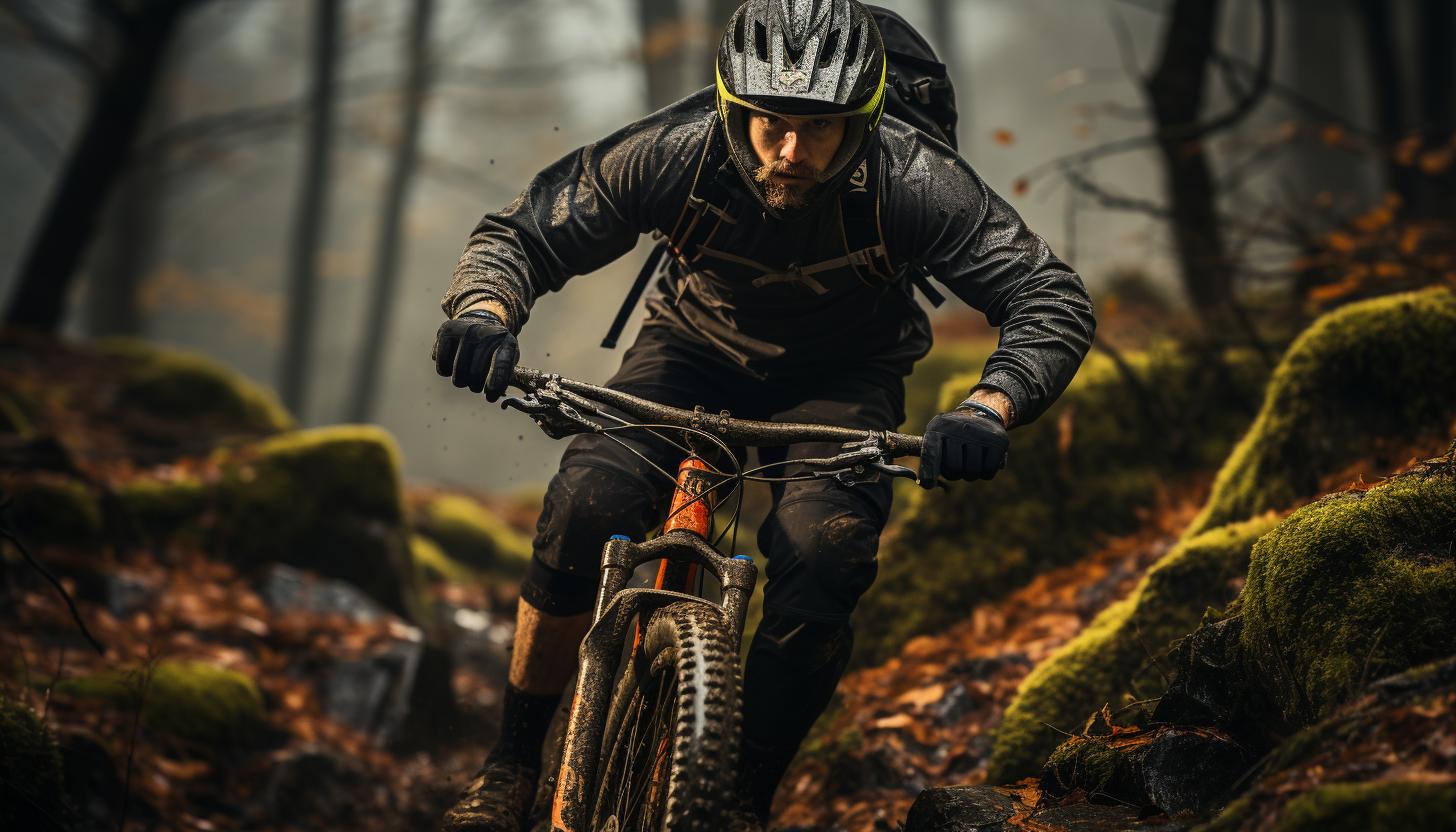
Maintaining balance and proper body positioning while on technical trails is crucial for a confident and safe ride. To improve stability and enhance your control over the bike, here are some body control techniques to keep in mind:
1. Stay centered: Position your bodyweight evenly between the handlebars and saddle. This helps distribute your weight and maintain balance, especially when navigating obstacles or steep descents.
2. Bend your elbows and knees: Keeping a slight bend in both your arms and legs acts as suspension, absorbing shocks from bumps on the trail. It also allows you to quickly react to changes in terrain.
3. Look ahead: Keep your eyes focused on where you want to go rather than directly at the ground in front of you. This helps with anticipation, allowing you to plan for upcoming obstacles or turns.
4. Engage your core: By activating your abdominal muscles, you create a stable foundation that helps you stay balanced even on rough terrain.
By mastering these body control techniques, you’ll be able to navigate technical trails with improved stability and confidence.
Now, let’s delve into developing effective braking techniques that will further enhance your safety on the trails.
Developing Effective Braking Techniques
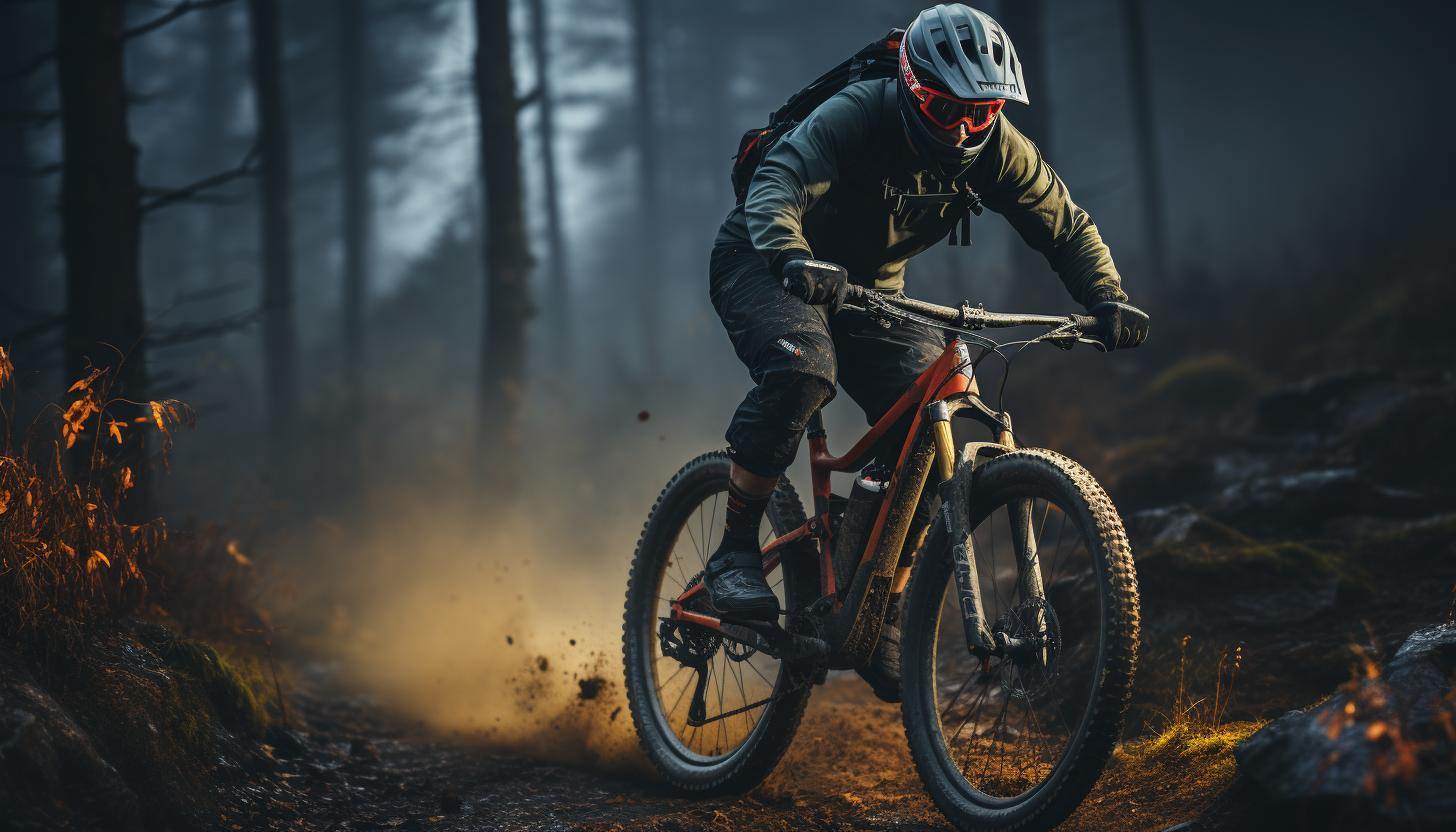
To enhance your control and ensure a safe ride, it’s important to focus on developing effective braking techniques. Braking efficiency is crucial when navigating technical trails, as it allows you to maintain speed control and prevent accidents. By mastering trail-specific braking techniques, you can confidently tackle any terrain.
Here are some essential trail-specific braking techniques that will help improve your overall riding experience:
| Technique | Description |
|---|---|
| One-finger braking | Use only one finger (usually the index or middle) to apply the brakes. This allows for better grip and control of the handlebars. |
| Modulation | Gradually apply and release the brakes instead of abruptly slamming them on or releasing them fully. This ensures smoother and more controlled stops. |
| Weight distribution | Shift your weight back when applying the rear brake to prevent skidding, while keeping your weight centered or slightly forward when using the front brake for maximum stopping power. |
By incorporating these techniques into your riding style, you’ll be able to navigate technical trails with confidence and precision. Remember to practice regularly in varying terrains to further hone your skills.
Keep in mind that each trail may require adjustments in technique based on its unique characteristics, such as steep descents or loose surfaces. Experiment with different approaches until you find what works best for you.
Enhancing Bike Handling Skills
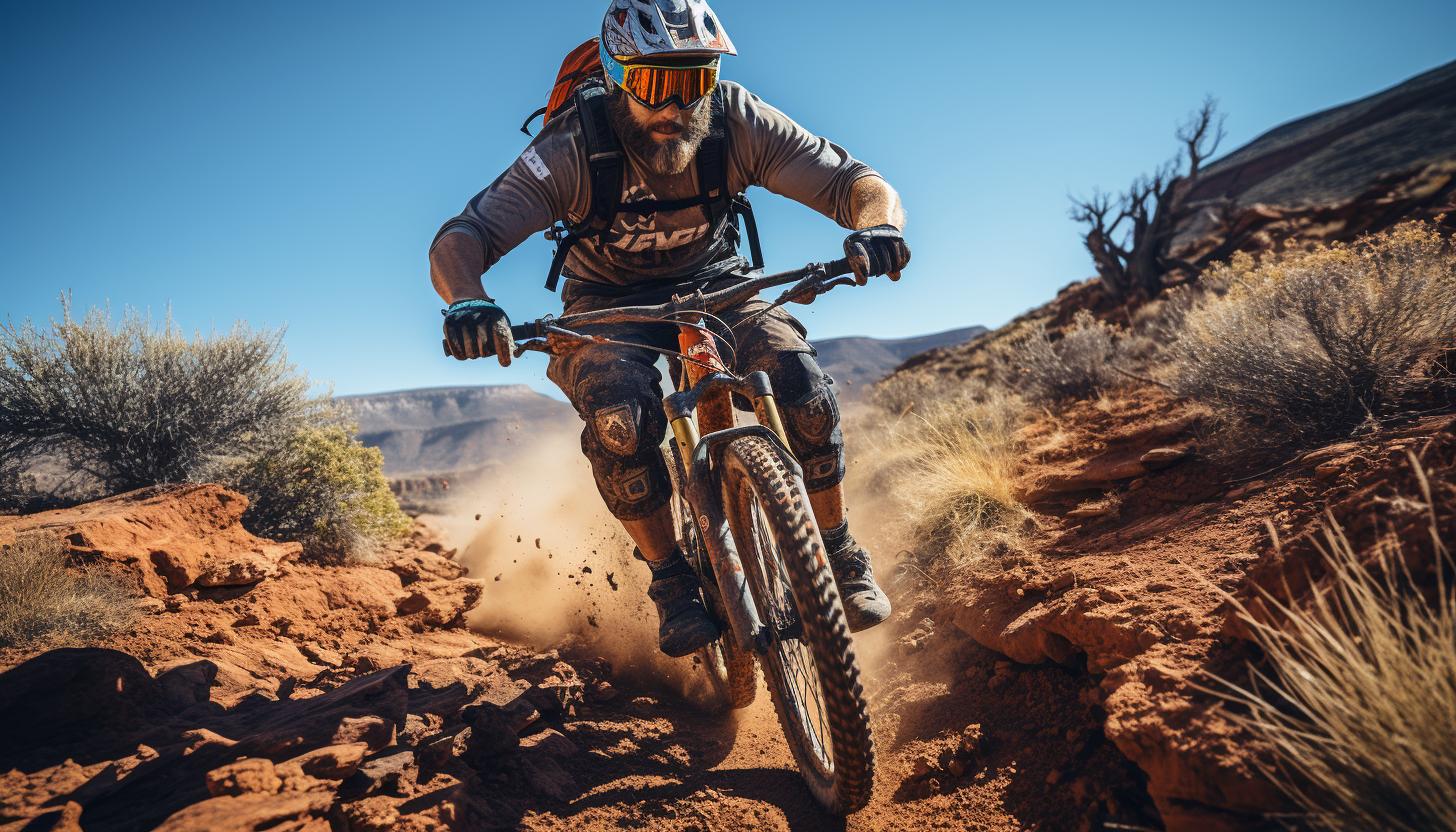
When enhancing your bike handling skills, focus on practicing balance and maneuverability to improve your overall control. By honing in on these key aspects, you’ll be able to navigate technical trails with confidence and safety.
Here are four essential tips to help you enhance your bike handling skills:
1. Cornering techniques: Mastering proper cornering techniques is crucial for maintaining control while navigating corners at high speeds. To do this, focus on leaning your bike into the turn while keeping your body upright and looking ahead in the direction you want to go.
2. Bike body separation: Separating your upper body from the bike allows for better weight distribution and control. Practice shifting your weight back when descending steep sections or lifting the front wheel over obstacles. This will help maintain stability and prevent loss of control.
3. Balance drills: Enhancing your balance is fundamental for improving bike handling skills. Incorporate exercises such as riding slowly in a straight line, performing track stands, or even balancing on one foot while stationary.
4. Maneuverability practice: Test yourself by setting up cones or markers in a parking lot or open space and practice weaving through them at different speeds. This will improve your ability to make quick turns and navigate tight spots effectively.
Strategies for Managing Technical Climbs and Descents
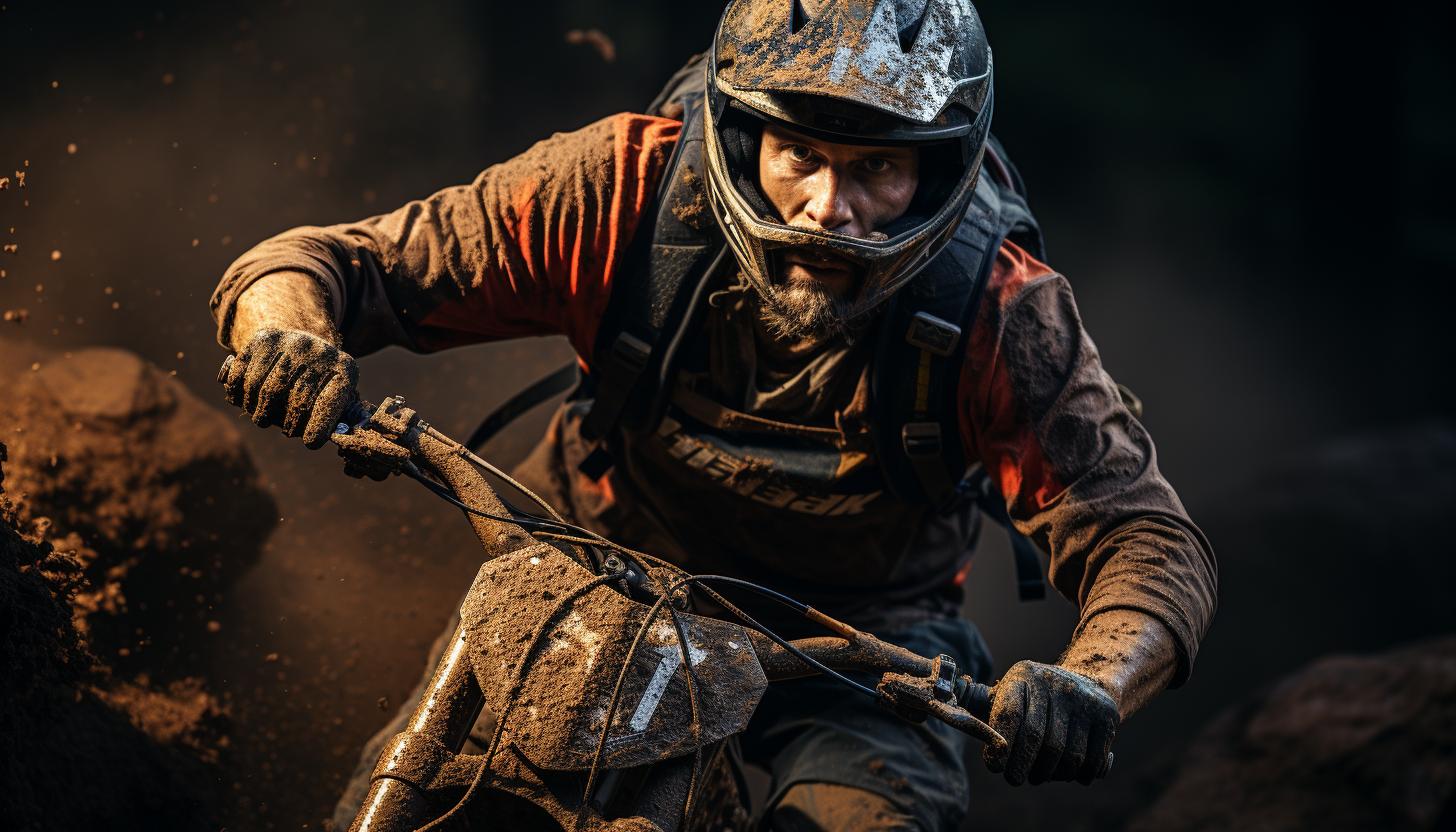
To successfully manage technical climbs and descents, focus on your positioning and weight distribution on the bike. When tackling these challenging trails, mental preparation and focus are crucial.
Before you even start pedaling, take a moment to assess the terrain ahead and visualize your line. Clear your mind of distractions and concentrate solely on the task at hand.
Next, selecting the right gear is key to maintaining control and balance. When climbing steep inclines, choose a gear that allows you to maintain a steady cadence without straining too much. This will help you conquer the ascent with ease. On descents, opt for a lower gear that gives you enough resistance to slow down when needed.
Once you’re mentally prepared and have selected the appropriate gear, it’s time to focus on your positioning and weight distribution. Keep your body centered over the bike’s frame with relaxed arms and legs. Lower your chest towards the handlebars slightly to maintain stability.
When climbing technical sections, shift your weight forward by leaning into the handlebars while keeping pressure on both pedals evenly. This will ensure maximum traction while preventing wheel spin.
During descents, shift your weight back slightly by shifting your hips behind the saddle. This will help keep the front wheel grounded while allowing for better control as you navigate obstacles.
Conclusion
Congratulations! You’ve now gained valuable insights on how to navigate technical trails with confidence and safety. By choosing the right footwear and ensuring proper traction, you’re equipped to conquer any terrain.
Mastering balance and body positioning will make you feel like a skilled acrobat on your bike, effortlessly maneuvering through obstacles. Remember to develop effective braking techniques for precise control when needed.
With enhanced bike handling skills, you’ll ride like a pro, smoothly gliding over rocks and roots.
Now go out there and conquer those challenging climbs and descents with ease! Happy trail riding!






